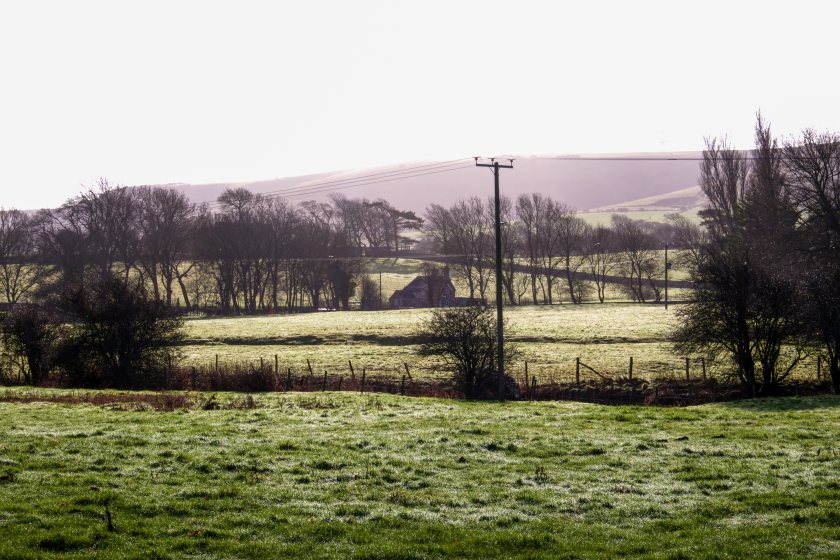
Some 19% more farmers than forecast will face punitive inheritance tax charges in the first decade of the government’s new legislation unveiled in the budget.
This is due to the effect of inflation and frozen reliefs, according to the latest calculations by the Central Association of Agricultural Valuers (CAAV).
The government underestimated the number of farmers who will be immediately affected by a factor of five, the CAAV previously warned.
This is due to the government overlooking the number of claims only made under business property relief (BPR) and the true value of those claims.
However, the body's latest calculations, released today (8 January), show that an extra 19% on top of that will be caught by the charges as inflation erodes the reliefs.
From April 2026, agricultural property relief (APR) and BPR rules will be changed, resulting in a 100% relief on the first £1m of assets and then 50% relief on assets after that, equating to an effective tax rate of 20%.
In simple terms, where land, dwellings, machinery, animals and other assets are worth in excess of £1 million, there will be a £200,000 tax levy owed.
Jeremy Moody, secretary of CAAV said: “Our calculations point to the first decade of the proposed policy ending with 89,500 farming taxpayers liable for inheritance tax (IHT) on their farm assets.
“The first 10 years alone would add some 14,500 (19%) to the CAAV’s assessment of 75,000 affected farming taxpayers over a generation - simply because of inflation, if there is no policy change. More would follow as each year goes by.”
The main IHT relief for all taxpayers, the nil rate band, has been frozen at £325,000 since 2009, and the budget now freezes it to 2030 – 21 years.
That gives no confidence that the £1m full relief for APR and BPR will be protected against inflation, CAAV explained in its new analysis.
“Even more farmers would therefore be caught than has been suggested," Mr Moody said.
While the nil rate band would be used first for personal assets, which from April 2027 will include unused pension funds, it gives a measure of how inflation brings people into tax.
When full APR and BPR were introduced in 1992, the nil rate band of £140,000 was worth some 56 acres of typical farmland.
The £325,000, frozen since 2009, is now worth 29 acres, protecting less of a farm that would now often be larger than it was then, CAAV explained.
"Based on average annual inflation of 3% since 2009, it’s easy to see how quickly a lot more farmers will fall into this punitive tax band," Mr Moody concluded.
